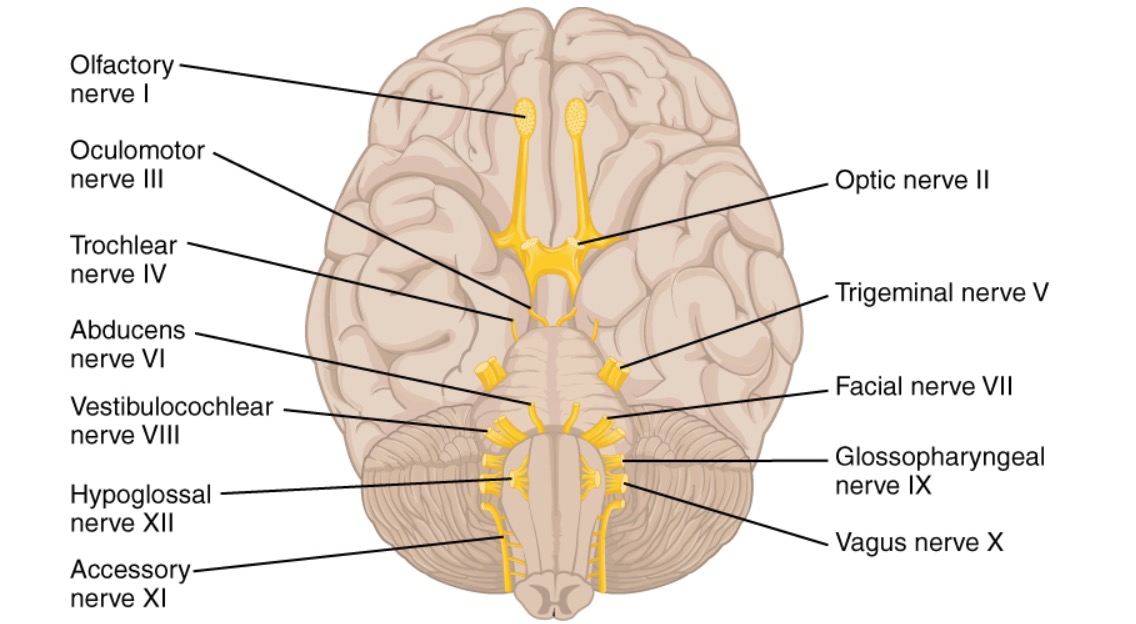Playlist
Show Playlist
Hide Playlist
Glossopharyngeal Nerve (CN IX)
-
Slides Anatomy Glossopharyngeal Nerve CN IX.pdf
-
Reference List Anatomy.pdf
-
Download Lecture Overview
00:01 Cranial nerve IX or glossopharyngeal is also going to have multiple nuclei reflecting the fact that it has multiple types of functions. 00:12 It will have both motor and sensory functions. 00:16 Here we see the glossopharyngeal nerve and close approximation with the vagus nerve. 00:21 As they both exit the cranial cavity through the jugular foramen. 00:26 It's going to form several ganglia and it's going to actually provide parasympathetic innervation to the parotid gland. 00:34 It's also going to supply motor innervation to a single muscle, the stylopharyngeus. 00:42 It's going to form part of the plexus with the vagus nerve called the pharyngeal plexus and that's going to provide sensory innervation in the pharynx. 00:54 It's also going to do specials sensation in addition to general sensation to the posterior third of the tongue. 01:02 It's also going to have a very important function in sensing pressure and chemical changes in the carotid sinus.
About the Lecture
The lecture Glossopharyngeal Nerve (CN IX) by Darren Salmi, MD, MS is from the course Neurovasculature of the Head.
Included Quiz Questions
Through which foramen does the glossopharyngeal nerve leave the skull?
- Jugular foramen
- Foramen ovale
- Foramen rotundum
- Superior orbital fissure
- Optic canal
Customer reviews
5,0 of 5 stars
| 5 Stars |
|
5 |
| 4 Stars |
|
0 |
| 3 Stars |
|
0 |
| 2 Stars |
|
0 |
| 1 Star |
|
0 |




